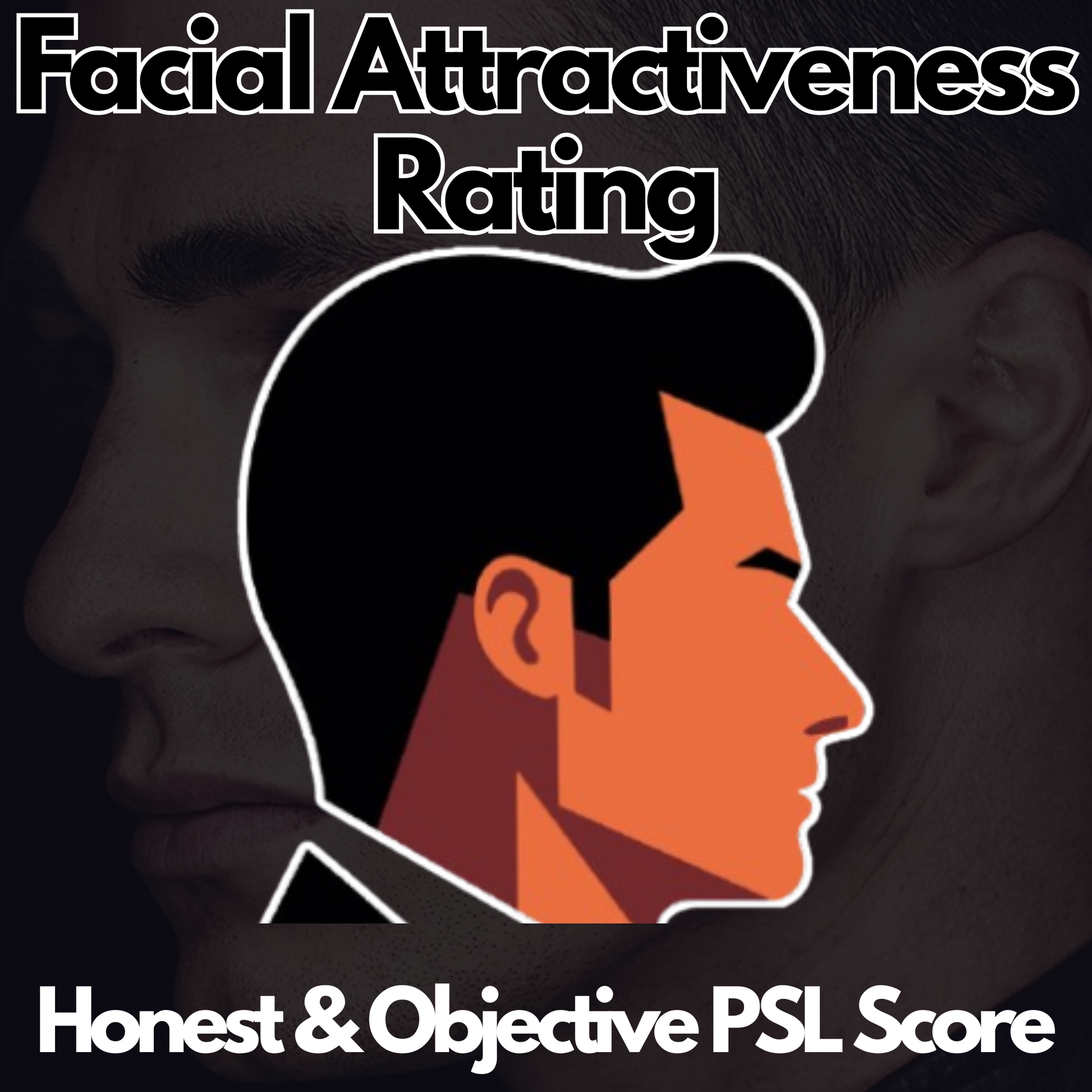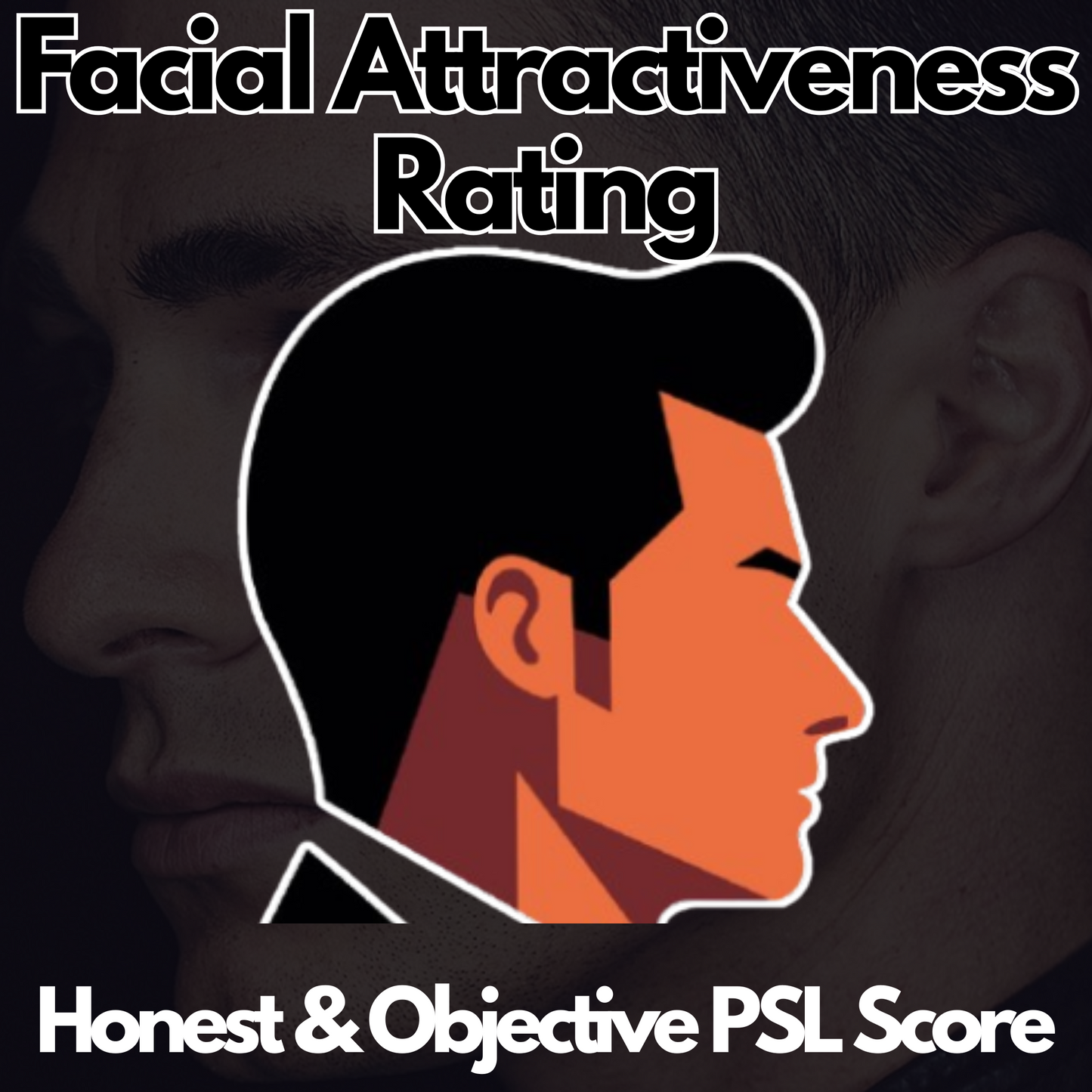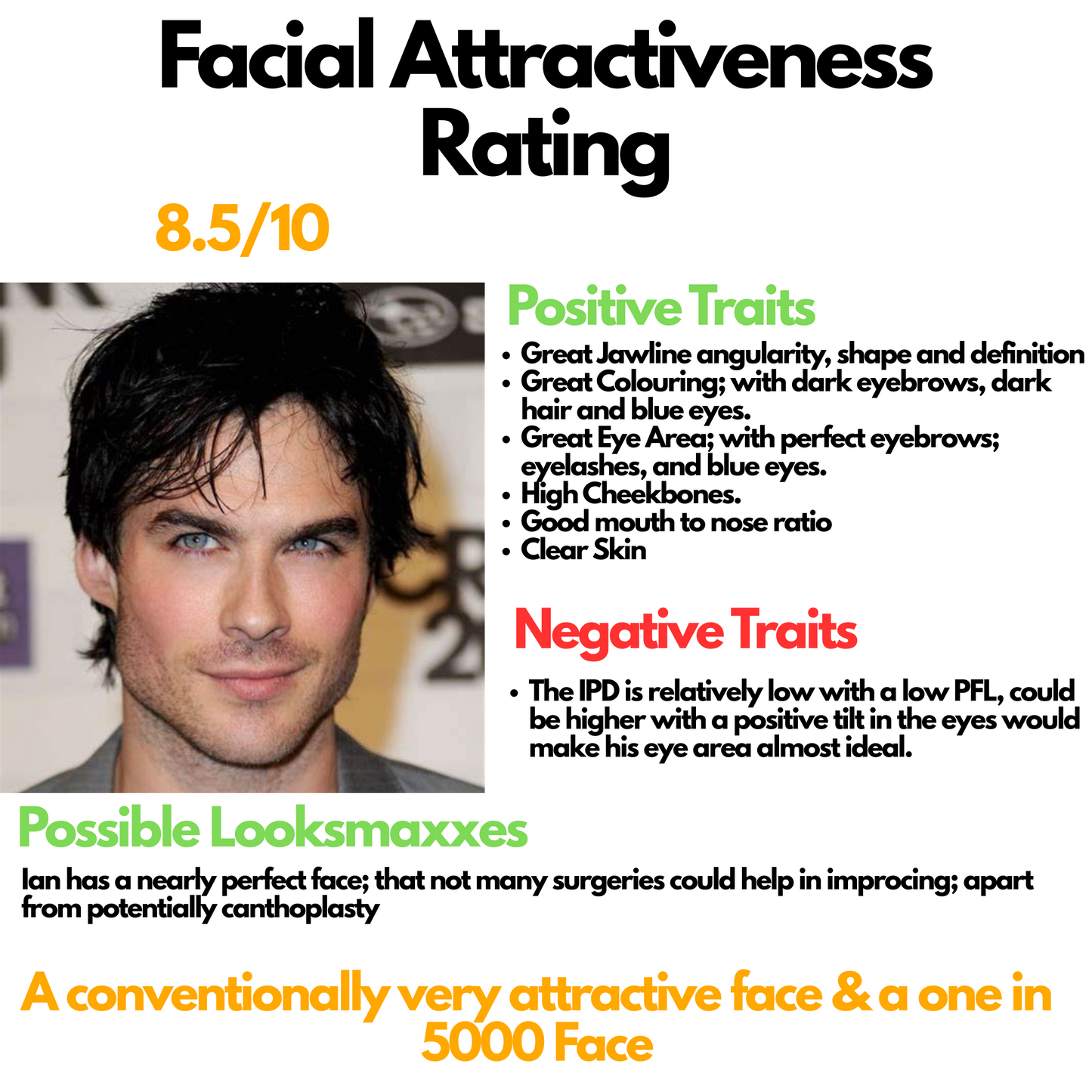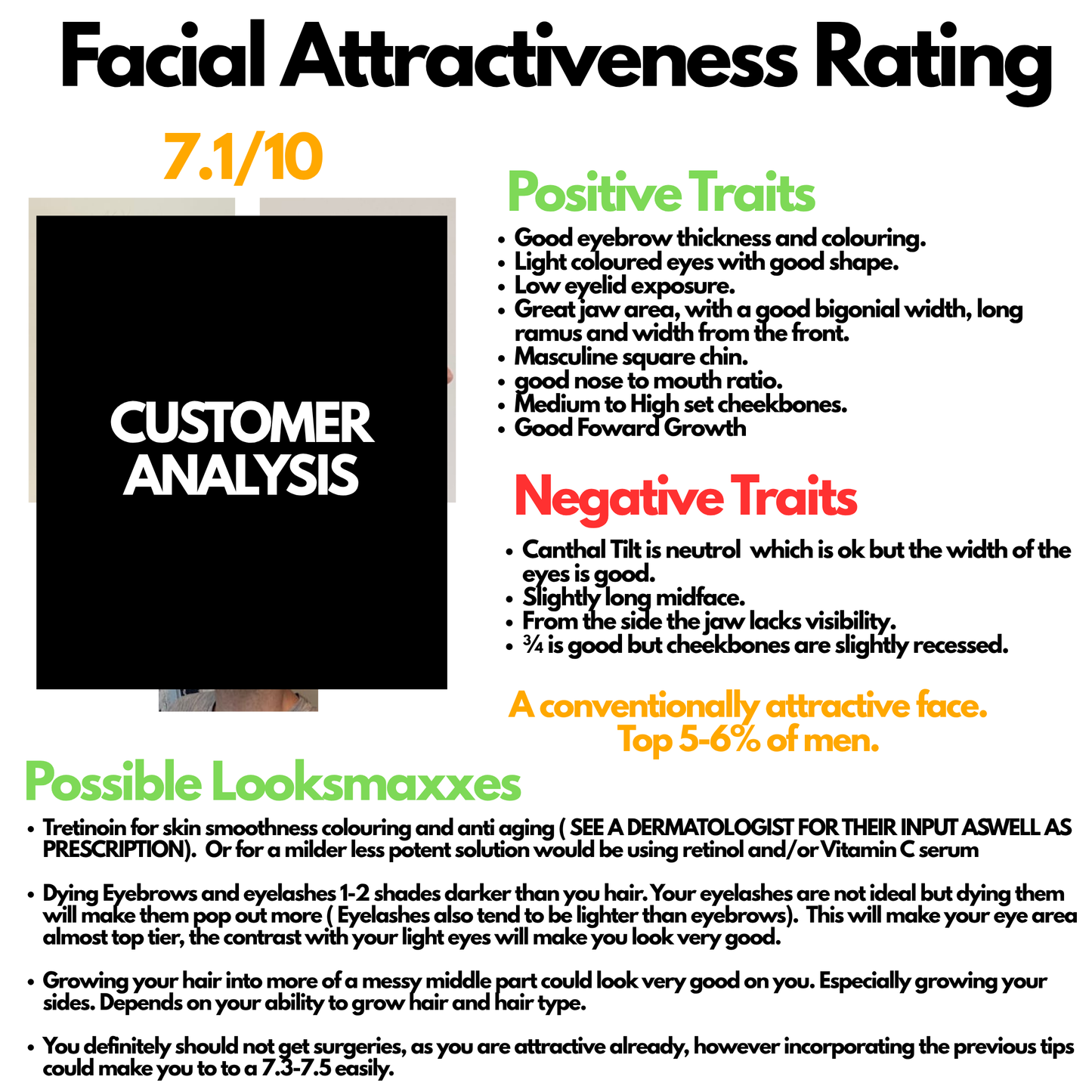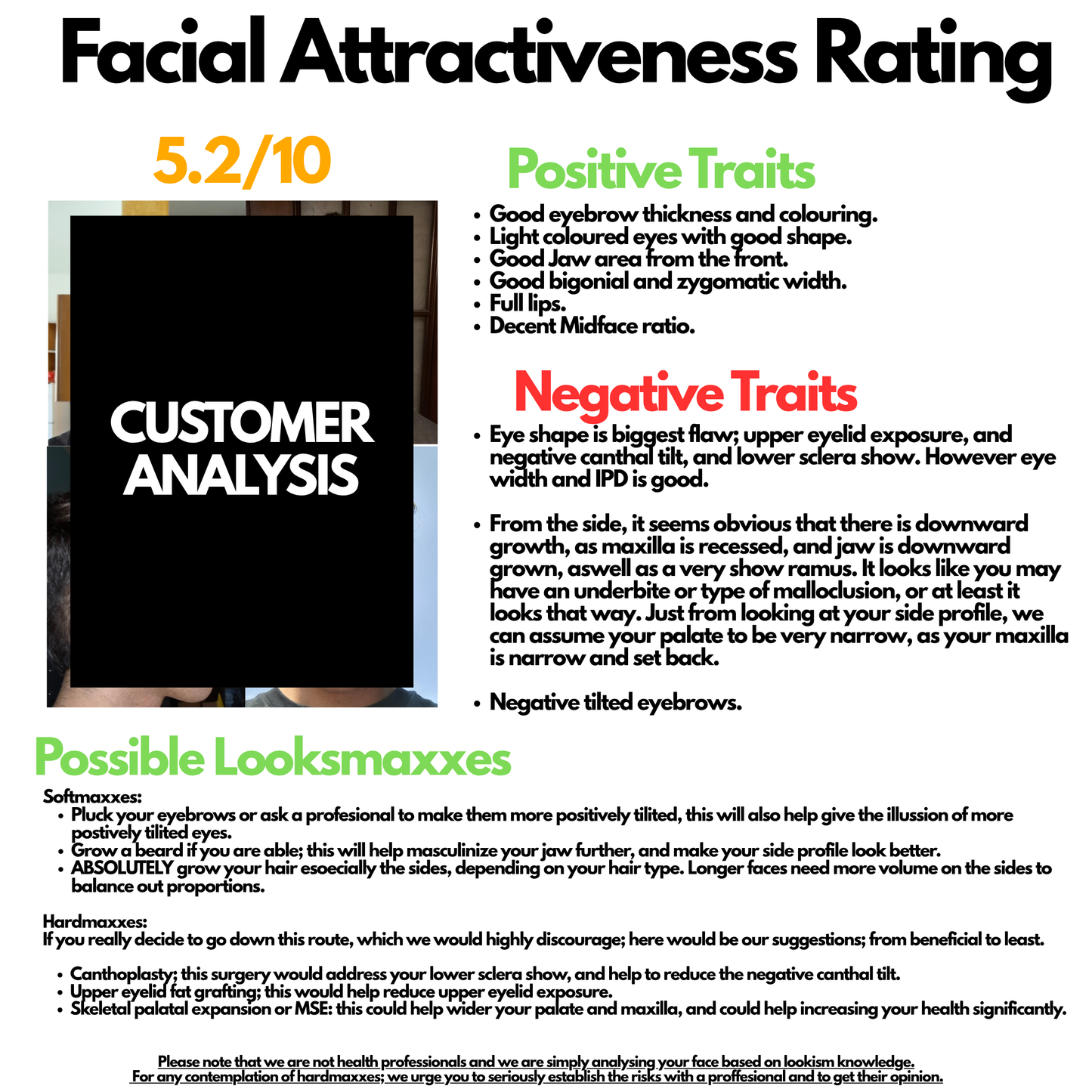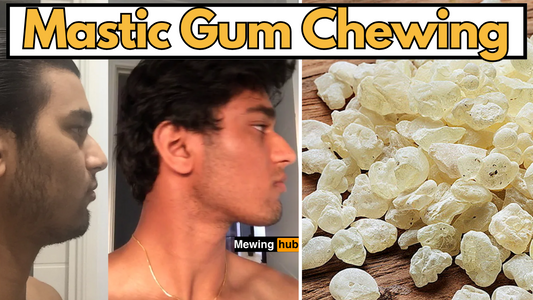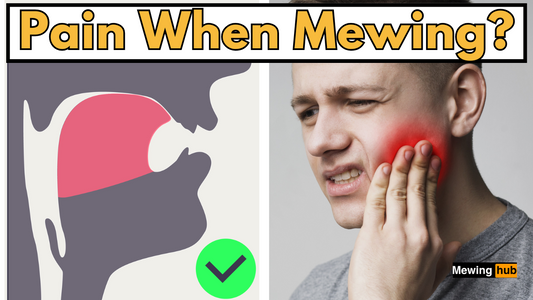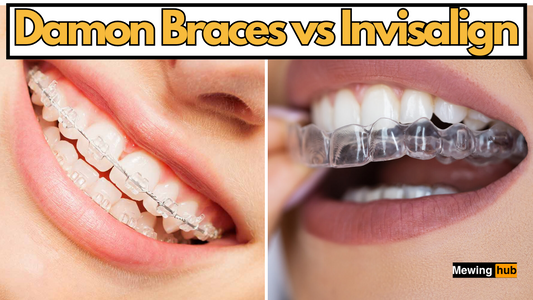How Effective is Minoxidil for Beard Growth? An In-Depth Look

Share
For many men, a thick, well-groomed beard symbolizes masculinity, maturity, and even status in the looksmaxxing community. However, not everyone is naturally endowed with dense facial hair.
The quest for a fuller beard often leads men to explore various products and techniques, including the use of minoxidil for beard growth. Minoxidil's abaility to stimulate hair growth has made it a popular solution for those looking to enhance their beard density.
This comprehensive guide explores how effective minoxidil is for beard growth, delving into scientific studies, user experiences, and the potential benefits and drawbacks of this treatment.

Minoxidil: The Game-Changer for Beard Enhancement
Minoxidil, commonly known by its brand name Rogaine, was originally created as an oral medication for high blood pressure.
Its hair growth properties were discovered accidentally, leading to its topical application for scalp hair regrowth. In recent years, its off-label use for beard growth has gained traction among those seeking to improve their facial hair density, a practice often referred to as beard maxxing in the looksmaxxing community.
Several studies have highlighted the benefits of minoxidil in promoting facial hair growth.
It works by widening blood vessels and opening potassium channels, which allows more oxygen, blood, and nutrients to reach hair follicles.
This process can activate dormant hair follicles and stimulate hair growth, making minoxidil an essential component in many beard growth kits available today.
Scientific Backing and Real Minoxidil Beard Results
Notice the improvement in beard density of this Reddit User;
along with minxodili's ability to cover patched areas.
Research has shown that minoxidil can be effective in promoting beard growth. For example, a study published in the "Journal of Dermatology" found that participants who used minoxidil experienced significant improvements in beard density and coverage compared to those using a placebo.
The mechanism involves minoxidil's ability to shorten the telogen (resting) phase and extend the anagen (growth) phase of hair follicles, leading to increased hair production.
User testimonials and before-and-after photos shared in beard-growing forums and looksmaxxing communities often showcase impressive transformations.
Typically, new hair growth can be observed within 3 to 6 months of consistent use, with full results potentially taking up to a year or more.
The Catch: Minoxidil and Skin Dryness
One notable side effect of using minoxidil for beard growth is skin dryness. The alcohol content in many minoxidil solutions can cause dryness, irritation, and even premature wrinkles if not properly managed. This side effect is a significant concern for those aiming to achieve a thicker beard while maintaining healthy skin.
To mitigate these effects, it is crucial to incorporate a robust skincare routine. Using alcohol-free minoxidil formulations can reduce dryness, and applying moisturizers and hydrating serums can help keep the skin nourished. Ensuring proper hydration is essential for maintaining skin health while using minoxidil.
Consistency Is Key: The Journey to Terminal Hair

Achieving a thicker beard with minoxidil requires consistency and patience.
The hair's transformation from vellus (thin, light hair) to terminal (thick, dark hair) can take six months to a year or more.
During this period, regular application of minoxidil as per the recommended dosage is crucial. Prematurely discontinuing the treatment can result in the loss of newly grown hair, as immature hairs might not have fully transitioned to terminal hairs.
Patience is key; monitor growth closely and continue the treatment until you achieve the desired density. Once the hairs have fully matured, minoxidil use can often be tapered off, maintaining the beard's newfound thickness.
Maximizing Growth Results with Derma Rollers

To boost the effectiveness of minoxidil for beard growth, many users turn to derma rolling.
This technique involves rolling a device studded with tiny needles over the skin to create micro-injuries. These micro-injuries stimulate collagen production and enhance the absorption of topical products like minoxidil.
Studies have suggested that combining minoxidil with derma rolling can significantly improve hair growth outcomes.
Derma rolling should be done with care, ensuring that the skin is not damaged and proper hygiene is maintained to avoid infections.
How Long Does It Take to See Results from Minoxidil for Beard Growth?
Achieving noticeable results with minoxidil for beard growth typically takes several months. Most users begin to see new hair growth within 3 to 6 months of consistent use.
Full and permanent results, where vellus hairs mature into terminal hairs, can take up to a year or more.
The timeline can vary based on individual factors such as genetics, the consistency of application, and adherence to the recommended usage guidelines.
Selecting the Right Products
When selecting a beard growth kit, it is essential to choose products that include minoxidil and complement it with nourishing components to care for your skin. The best beard growth kits balance efficacy with skin health, ensuring that your journey to a thicker beard also promotes overall facial wellness.
Conclusion - Beardmaxxing & Minoxidil
While genetics play a significant role in beard density, minoxidil presents a viable solution for those looking to enhance their beard growth.
By following a regimen that includes minoxidil, mitigating its drying effects, and potentially coupling it with derma rolling, achieving a thicker, fuller beard is within reach.
As with any grooming practice, patience and consistency are crucial. Embrace the journey with every application, and with the right approach, you can enjoy a denser, more defined beard.




